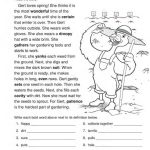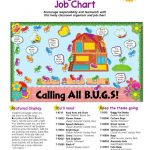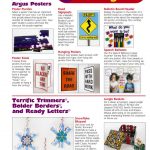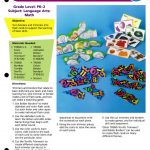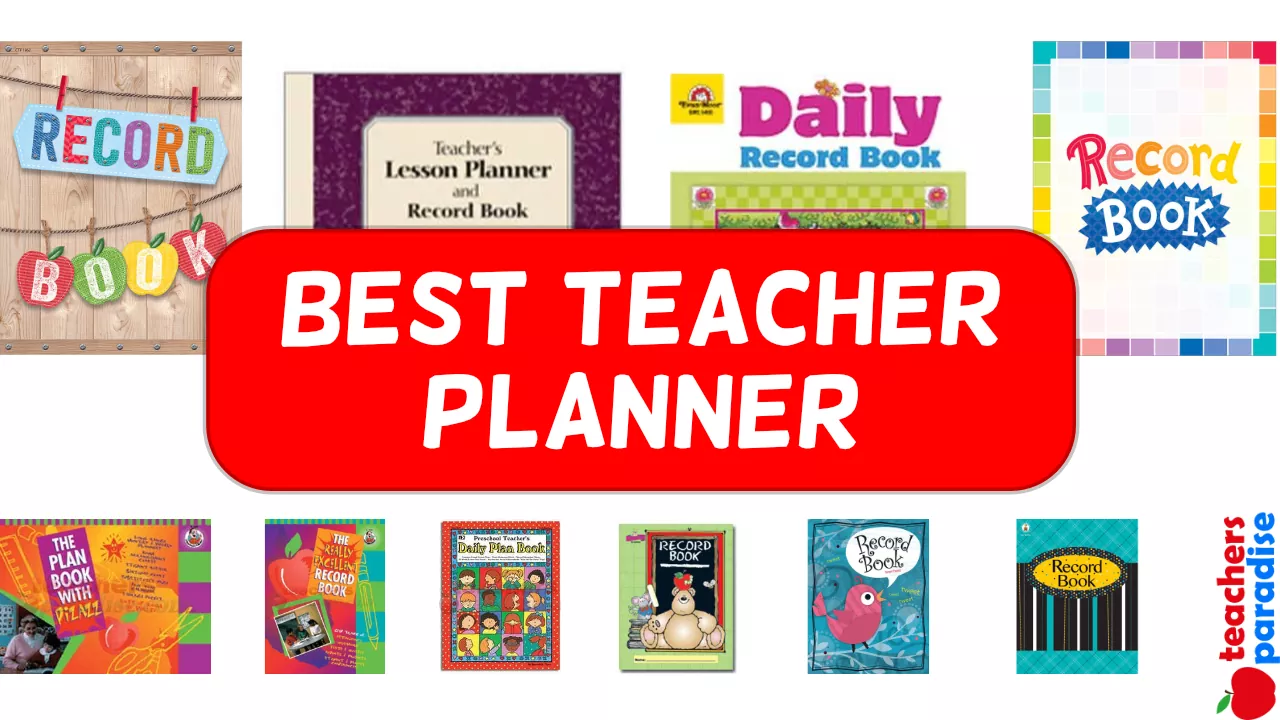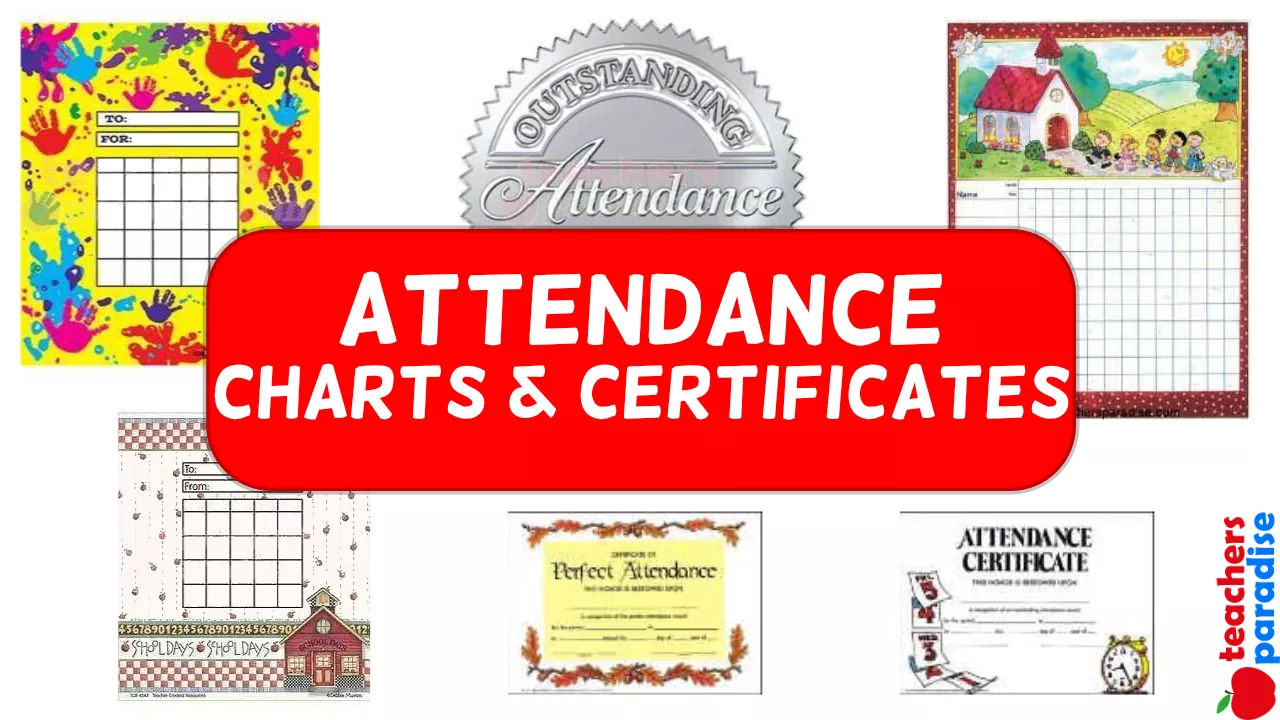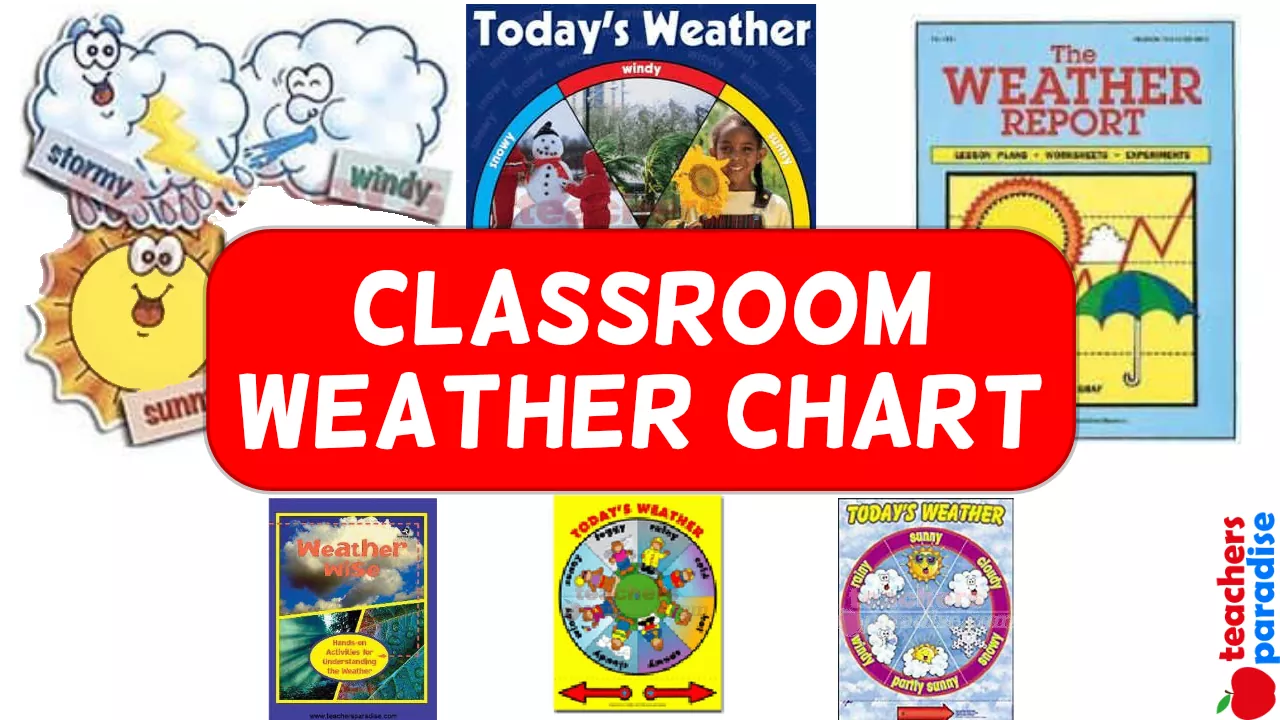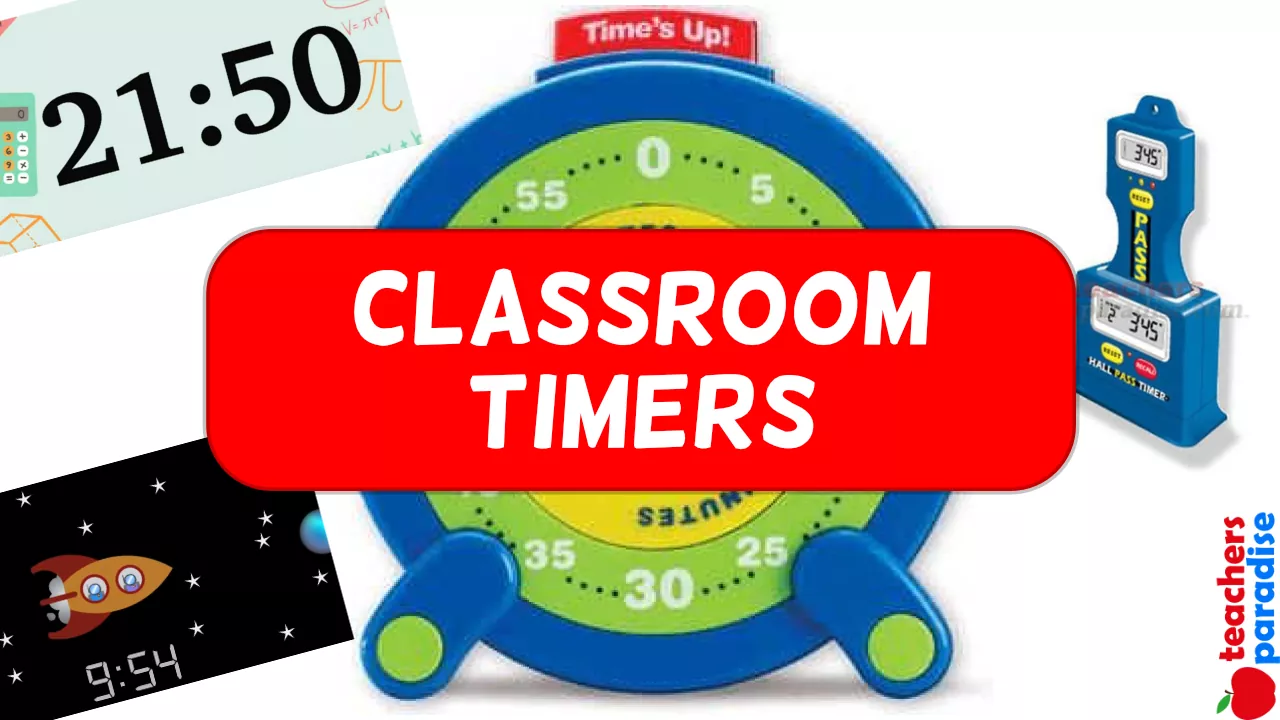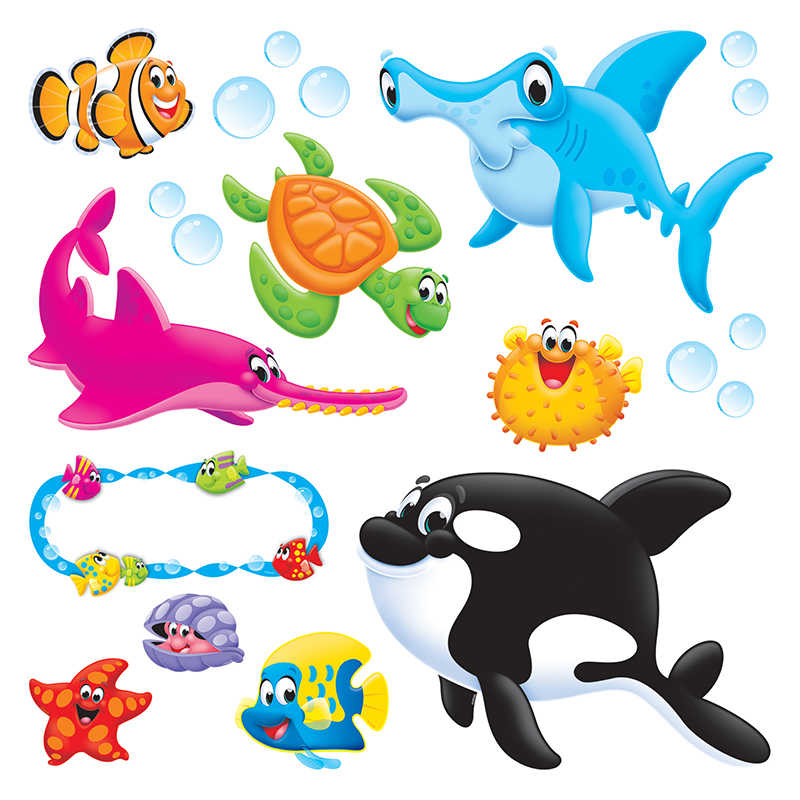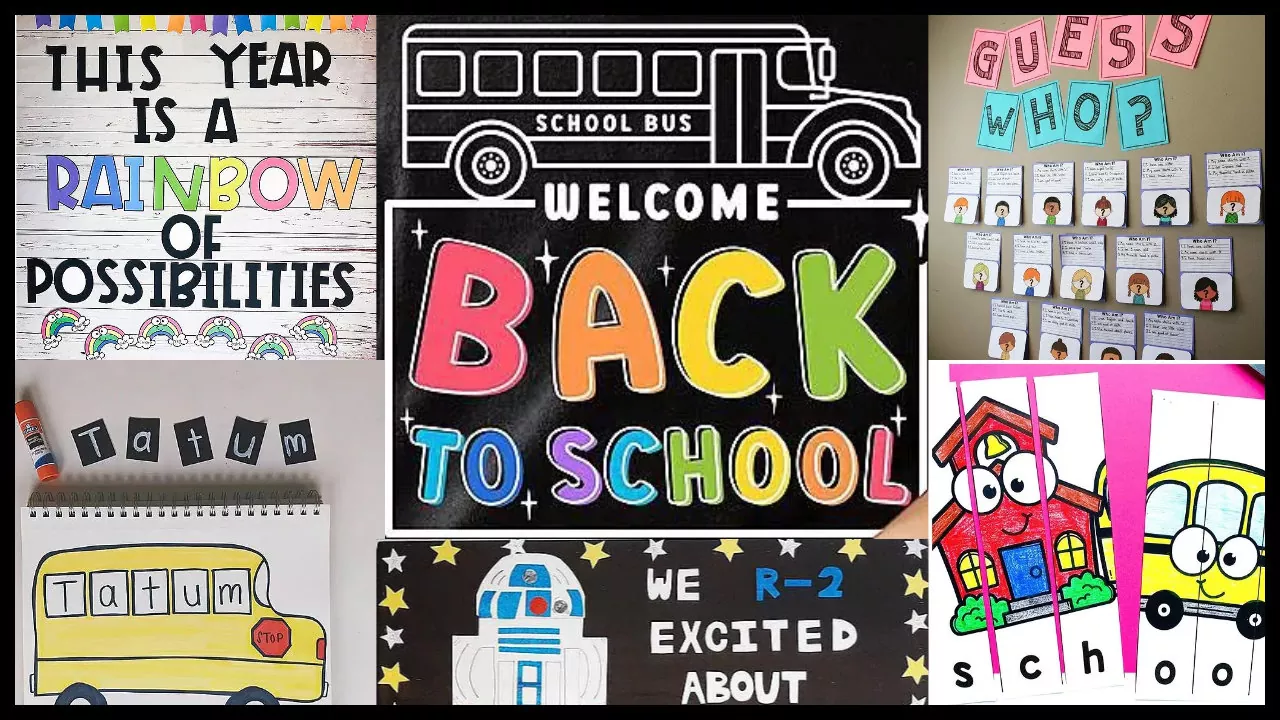Looking for ways to increase students’ comprehension of non fiction text? Call on books by author Seymour Simon! Through 200 science books, Simon’s work spans a variety of topics that are sure to capture the interest of even the most reluctant reader.
by Kim Minafo, Dillard Drive Elementary, Raleigh, NC
On the Ball With Text Features
Give students “beach-y” practice with identifying important text features. In advance, label each section of an inflatable beach ball with a different text feature (see the illustration). Divide students into groups. Give each group a copy of page 7 and access to a collection of Simon’s books. The group chooses a book, skims it to find examples of a nonfiction text feature, and records each example in the matching section on page 7. Once the group identifies all of a book’s features, it returns the book, selects another one, and repeats the process, trying to find each text feature within a set amount of time. When time is up, toss the beach ball to a student. She catches the ball and announces the text feature nearest her left hand. Then each group reports a book it identified as having that text feature, showing its example as necessary. Repeat as time allows.
Identifying informational text features
More teacher resources
WORKSHEET & Sample PDF Activity
Sample PDF Activity
How are crocodiles and alligators different?
One difference is their snouts. Alligators have wide, rounded snouts. Crocodiles have pointed snouts.
Bursts of Information
Before sharing a nonfiction Seymour Simon book, prompt each child to write three questions about the book’s topic on colorful construction paper bursts. During or after reading, the student writes any answers he finds on each question’s burst. After reading, he adds the completed burst to a display titled “We’re Bursting With Answers!” Have students place unanswered questions at a learning center along with research materials, and challenge students to use free time to find the answers.
Questioning as a strategy
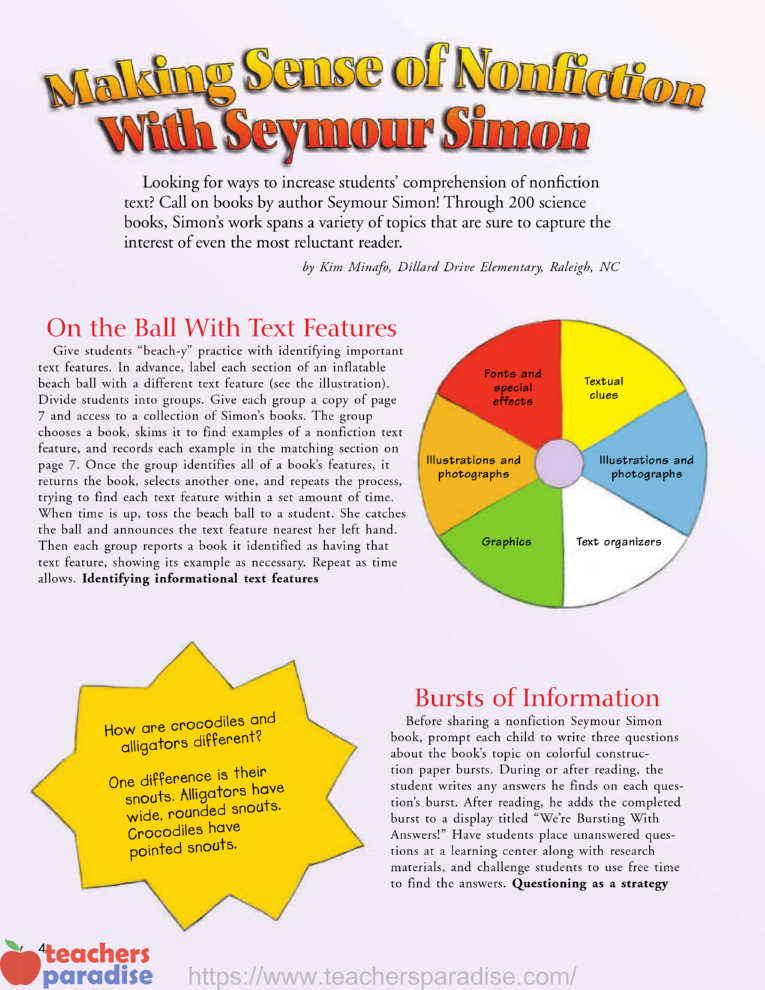
Clearing Up Definitions
Use the well-placed context clues in Seymour Simon’s text as the perfect vocabulary teaching tool. Read the first few pages of a Seymour Simon nonfiction book until you come to a challenging content word. Explain that Simon often puts definitions within the text. Then reread the paragraph and point out the context clues. Pair students and give each twosome a Simon book, a transparency, and an overhead marker. Direct each duo to find an unfamiliar word that is explained by context clues. The team traces each word onto the transparency; copies the context clues, circling the new word; and paraphrases the definition. Allow time for each group to share its work on the overhead for clear vocabulary improvement.
Using context clues
Strategic Reading
Want to help students apply reading strategies while they are reading? Try this idea. Provide a copy page of 8 for each student. Then guide the student to complete the page as you read aloud a Seymour Simon book or as the student reads independently. After reading, have students share their completed pages with partners.
Using reading strategies
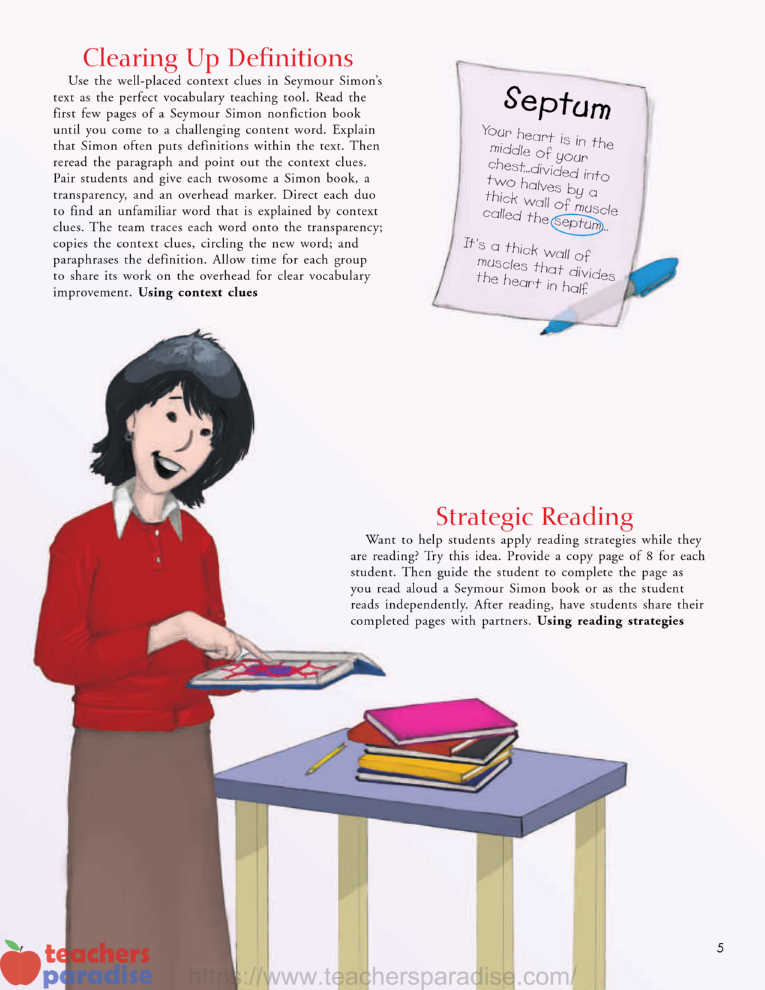
Septum
Your heart is in the middle of your chest…divided into two halves by a thick wall of muscle called the septum… It ‘ s a thick wall of muscles that divides the heart in half.





